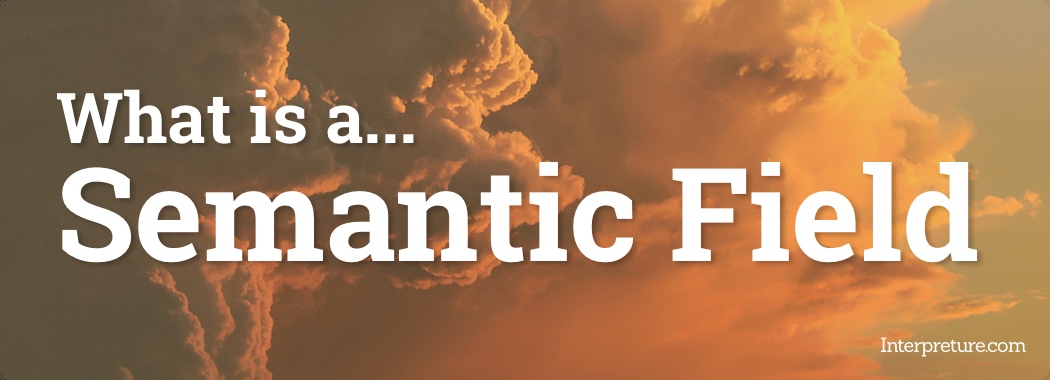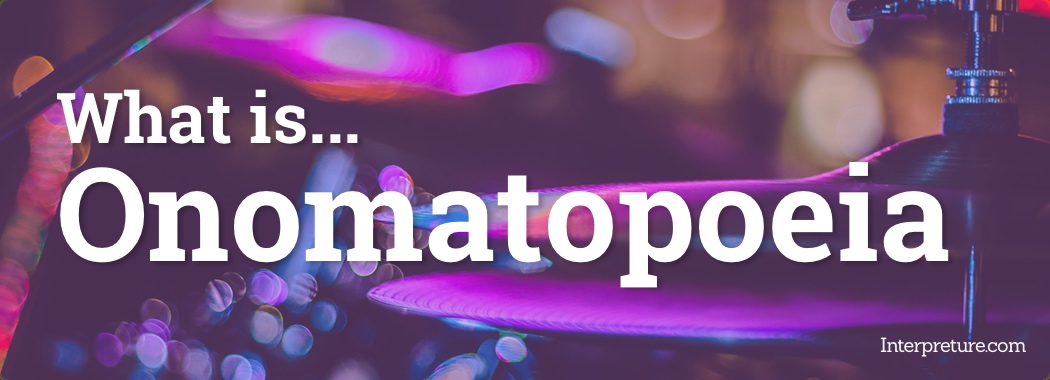Dissonance refers to the use of harsh sounds that are unpleasant and usually disruptive to the flow of speech and text.
It is the opposite of euphony, in which pleasant or melodic sounds are used.
Related Terminology
Cacophony: Harsh sounds that are jarring and disruptive to the flow of text. Dissonance is usually more intentional than cacophony and relates more to the feel of individual words.
Assonance: Similar sounds created and repeated through the use of vowels. Click here to learn more about assonance.
Consonance: Similar sounds created and repeated through the use of consonants. Click here to learn more about consonance.
Sibilance: Creation of a harsh ‘hissing’ sound. Click here to learn more about sibilance.
Why is this technique used?
Some common reasons why Dissonance is used include:
- Creating a negative mood: The harsh and unpleasant sounds associated with this technique are very effective at creating a negative atmosphere or mood, particularly if there are any associated negative connotations. This can be particularly noticeable for works that are read aloud in which the full impact of the sound can be heard.
- Capturing attention: These harsh sounds can also be useful at ensuring that attention and focus is placed on certain parts of the text, for example the poet wanting to ensure emphasis is placed on a description of a negative action. If dissonance interrupts a euphony (pleasant, melodic sounds) then this can be even more noticeable and effective.
Examples of Dissonance
‘Eat Me’ (Poems of the Decade) by Patience Agbabi’s is a poem which makes full use of a range of techniques related to sound, including dissonance, so as to create a negative and disturbing atmosphere.
“His flesh, my flesh flowed”
The repeated “fl” and “sh” sounds create a strange and unpleasant combination, potentially likened by some readers to the actual flow of liquids, creating a disturbing image, which matches the poem.
Dissonance is also used in ‘The Manhunt (Laura’s Poem)’ by Simon Armitage (Edexcel GCSE – Relationships Anthology), in this instance being used to help communicate emotions.
“the parachute silk of his punctured lung”
The harsh and unpleasant “chute” and “ctured” sounds coupled with the sibilance of “silk” and “his” create a negative tone, which supports the overall effort to use war-like descriptions to show the damage on the mental and physical health of an individual. These sounds can be likened to those found in warfare and battle, and as such, help the reader understand the range of emotions felt by people experiencing such situations.





1 Comment
Thank you so so much!
This was so helpful and I will be sure to use this technique more now that I have studied this.